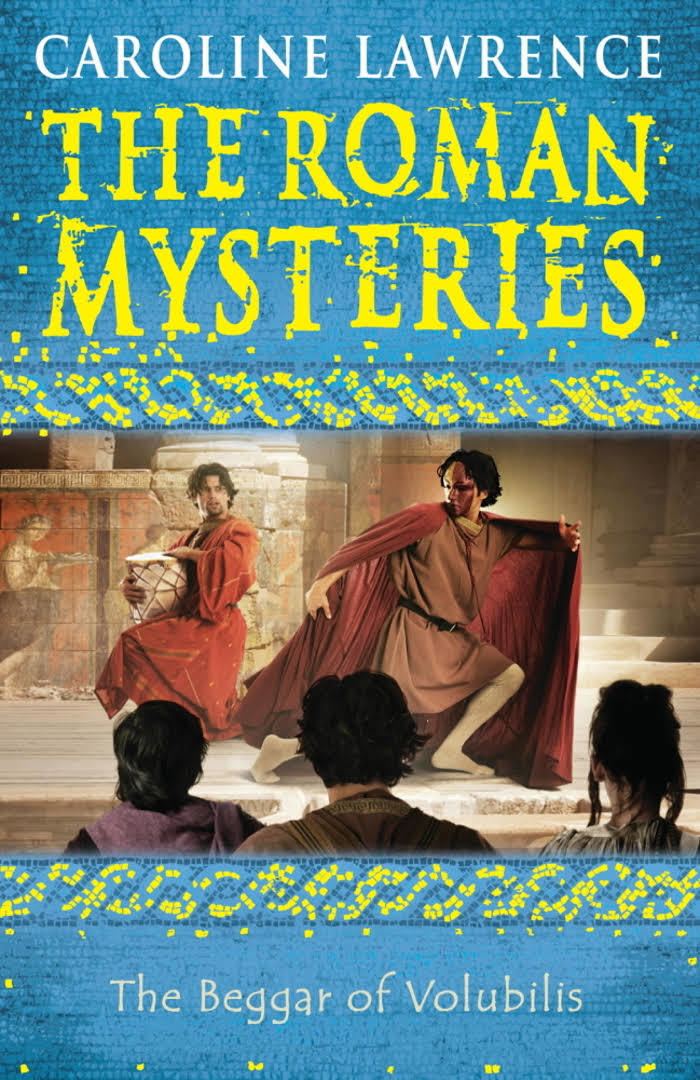7.8 /10 1 Votes
3.9/5 AbeBooks Language English Publication date 4 October 2007 Publisher Orion Publishing Group | 3.9/5 Goodreads Country United Kingdom Series The Roman Mysteries Originally published 4 October 2007 Genre Historical Fiction | |||||||||||||||||||||||||||||||||
 | ||||||||||||||||||||||||||||||||||
Cover artist Peter Sutton,
Fred van Deelen Media type Print (Hardback & Paperback) Preceded by The Slave-Girl from Jerusalem Followed by The Scribes from Alexandria Similar Caroline Lawrence books, The Roman Mysteries books, Other books | ||||||||||||||||||||||||||||||||||
The Beggar of Volubilis is a children's historical novel by Caroline Lawrence. The novel, the fourteenth in the Roman Mysteries series, was published in 2007. It is set during the reign of Titus, primarily in Roman Africa. It follows Flavia and her companions as they travel to North Africa in search of her uncle Gaius and join a theatrical troupe to cross the desert from Sabratha to Volubilis.
Contents
Plot summary
Flavia takes a vow to the goddess Diana to renounce men, and almost immediately her vow is tested by a proposal of marriage from Flaccus. Her father is furious at her refusal and orders Flavia and Nubia to stay inside the house while he goes to Alexandria.
Nevertheless, Flavia disobeys her father's orders and takes on a mission from the emperor Titus to find a lost gem, an unusual emerald which is the subject of a prophecy. She is particularly keen to do so because the emperor wants them to start looking in North Africa, which is where she believes her uncle Gaius has gone, despite the general opinion that he has committed suicide by drowning. She and her three companions take a boat to Sabratha, but there lose all their money and possessions.
Narcissus, a pantomime performer, hires them as musicians and they join a caravan to cross the Sahara desert. In the weeks of travel they become accomplished performers, learn to handle camels and discover the dangers as well as the beauties of the desert.
In Volubilis they find both Gaius and the emerald, but it is not as easy to take them back to Italy as they had supposed.
During the adventure, they meet a woman who claims to be descended from Cleopatra and a man who could be the late emperor Nero.
Roman pantomime
In Roman times a pantomime was a performance in which a solo dancer using masks played several parts, accompanied by sung narrative and instrumental music, often played on the flute. The pantomime was an extremely popular form of entertainment in ancient Greece and Rome. Like theatre, it encompassed the genres of comedy and tragedy. There is a detailed description of ancient pantomime performance in Apuleius' Metamorphoses, 10, 29ff.
